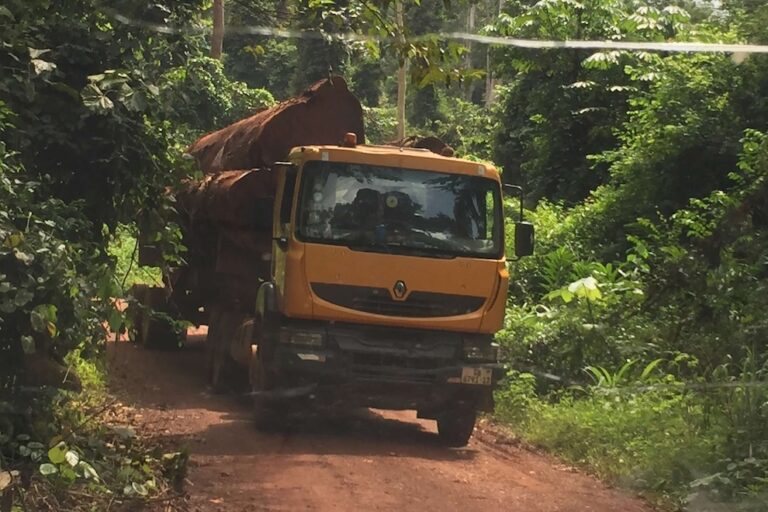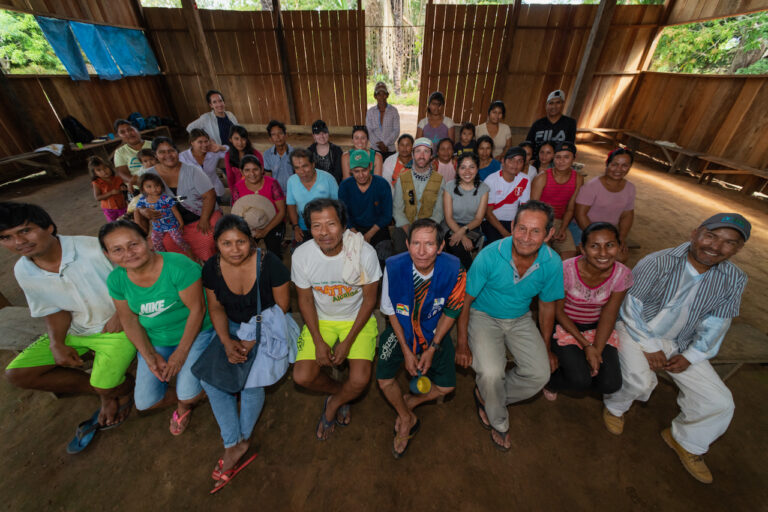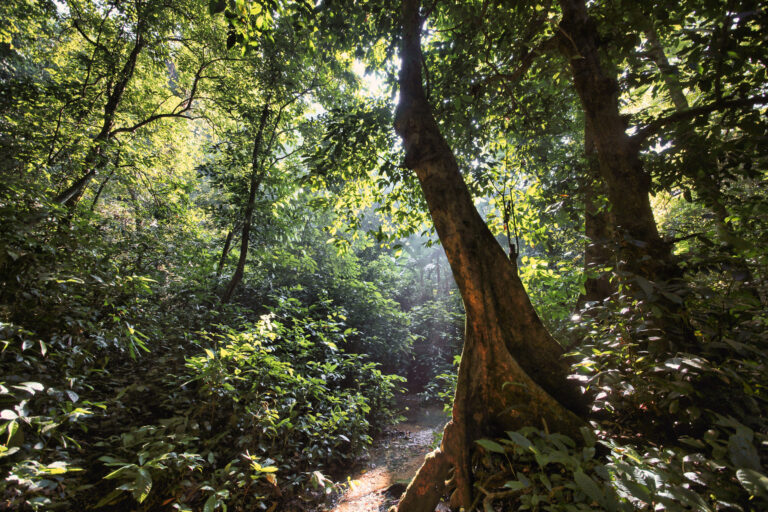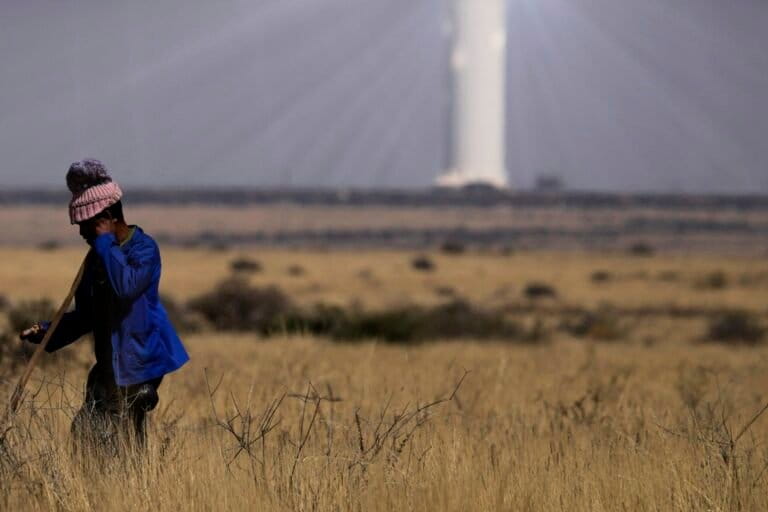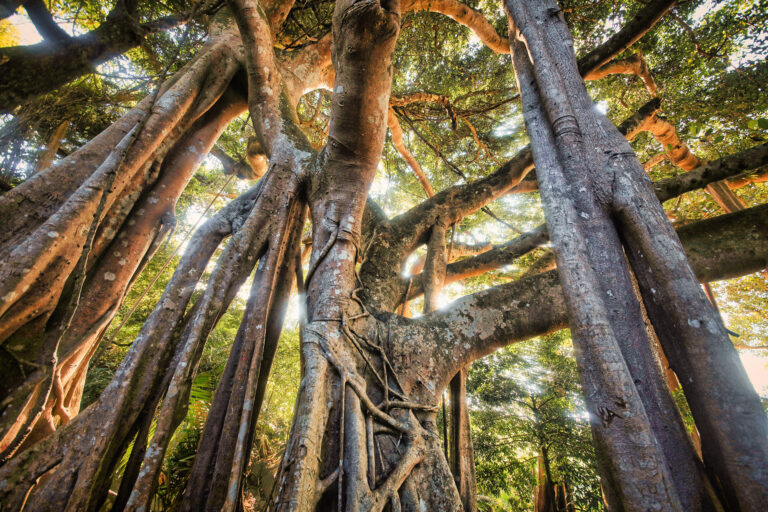- Natural World Heritage Sites of “outstanding universal value” are increasing being threatened by “harmful industrial activities and operations,” a new report by the World Wildlife Fund (WWF) warns.
- Of the 229 natural and mixed World Heritage Sites across the world, 114 sites are currently threatened by harmful industrial activities, the report found.
- Industrial activities are not just damaging the sites and endangering their biodiversity and ecology, but also putting the livelihoods and well-being of people at risk, the report says.
Natural World Heritage Sites represent areas that have some of the richest biodiversity, natural beauty and geology in the world.
But these sites of “outstanding universal value”, that cover only about 0.5 percent of the Earth’s surface, are in trouble because of “harmful industrial activities and operations,” a new report by the World Wildlife Fund (WWF) warns.
According to the report, of the world’s 229 natural and mixed UNESCO World Heritage Sites, 114 sites are threatened by industrial activities such as oil and gas exploration and extraction, mining, illegal logging, construction of large-scale infrastructure, overfishing and unsustainable water use.
“World Heritage sites should receive the highest levels of protection, yet we are often unable to safeguard even this important fraction of the Earth’s surface,” Marco Lambertini, Director General of WWF International, said in a statement. “We all agree that these are some of the most valuable and unique places on the planet, now we need to work together to let these sites provide for the well-being of people and nature.”

Industrial activities can sometimes damage World Heritage Sites beyond repair. Oil exploration in Oman’s Arabian Oryx Sanctuary, for example, led to the destruction of the Arabian Oryx’s habitat. Infrastructure associated with oil prospecting also gave poachers increased and improved access into the sanctuary, according to the report. Consequently by 2007, the Arabian Oryx population fell by 85 percent. The Omani government opened up nearly 90 percent of the Arabian Oryx Sanctuary to oil prospecting, and in 2007, the site was removed from the World Heritage Site List, the only natural heritage site to be de-listed so far, the report notes.
Industrial activities are not just damaging the sites and endangering their biodiversity, but are also putting the livelihoods and well-being of people at risk, the report says. About 11 million people depend on World Heritage Sites, the report notes, who could be negatively affected by the industrial activities within the sites.
“In total, the number of people depending on threatened World Heritage sites for their livelihoods and well-being is equivalent to the entire population of Portugal,” the authors write in the report. “These people depend on the sites for their homes, subsistence living, jobs, or ecosystem services including climate regulation and flood prevention.”
For example, destruction of the Belize Barrier Reef Reserve System, a World Heritage Site, has put the livelihoods of about 190,000 people — or more than half of Belize’s population — at risk. Reef-related tourism and fishing is a major source of income for these people. However, unsustainable infrastructure development around the site, extensive clearing of mangroves, and pollution from agriculture run-off has damaged 40 percent of the reef since 1998, threatening the livelihoods of the local communities.

Similarly, Sundarbans in Bangladesh supports over 300,000 people who depend on the mangrove forests for honey, timber, firewood, meat and fish. However, this World Heritage Site is threatened by heavy shipping traffic, pollution, and overpopulation. Moreover, the future of Sundarbans — home to the Bengal tigers — is also threatened by two coal-based power plants planned very close to the site.
The WWF report calls on corporates and private enterprises to make “no go commitments to refrain from activities that threaten to degrade the capacity for protected areas, and World Heritage sites in particular, and to support the livelihoods and well-being of local communities.”
The report also calls on national governments to ensure that no harmful industrial activities are permitted inside World Heritage Sites.
“We need to wake up to the fact that people don’t just protect these sites, these sites protect people,” Lambertini said. “Governments and businesses need to prioritize long-term value over short-term revenue and respect the status of these incredible places. We need to turn away from harmful industrial activities and focus on sustainable alternatives that enhance World Heritage sites, their values and the benefits they provide.”








